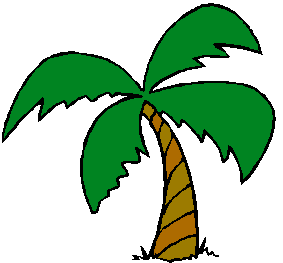
Since decoupage was considered to be a “poor man’s art,” it isn’t surprising that common household materials can be used to create exquisite effects. You can take any old thing of our child and turn it into a master piece. Since there is nothing to lose, let your child participate and explore with you. There is no right or wrong way to decoupage.
The list of supplies needed:
- Something to decoupage onto. Examples include: furniture, photograph albums, plates, ceramics, shelving, frames, mirrors.
- Pictures to decoupage with such as the one posted above. It will make a very unique transition to the mundane. These can also come from myriad sources: newspapers, magazines, catalogs, books, printed clip art, wrapping paper, greeting cards, fabric, tissue paper, lace.
- Cutting utensil. Scissors, craft knife (X-Acto) or razor blades can be used (with adult supervision only).
- Glue. Standard white glue works best if it is diluted with a little water. Specialty glues can be found in most crafting stores.
- Smoother. Popsicle sticks work well. A brayer is a specialized tool like a miniature rolling pin designed to help remove wrinkles, remove excess glue and smooth pictures.
- Glue Spreader. Many things around the house can be use for this: cotton swabs, paint brushes, sponges.
- Rags, sponges, tissue paper to help wipe up glue and other clean up.
- Sealer. Glue or other decoupage medium can be used as a sealer. Alternatively, polyurethane, spray acrylic or other lacquers are usually used.
Courteous of wikipedia.org



